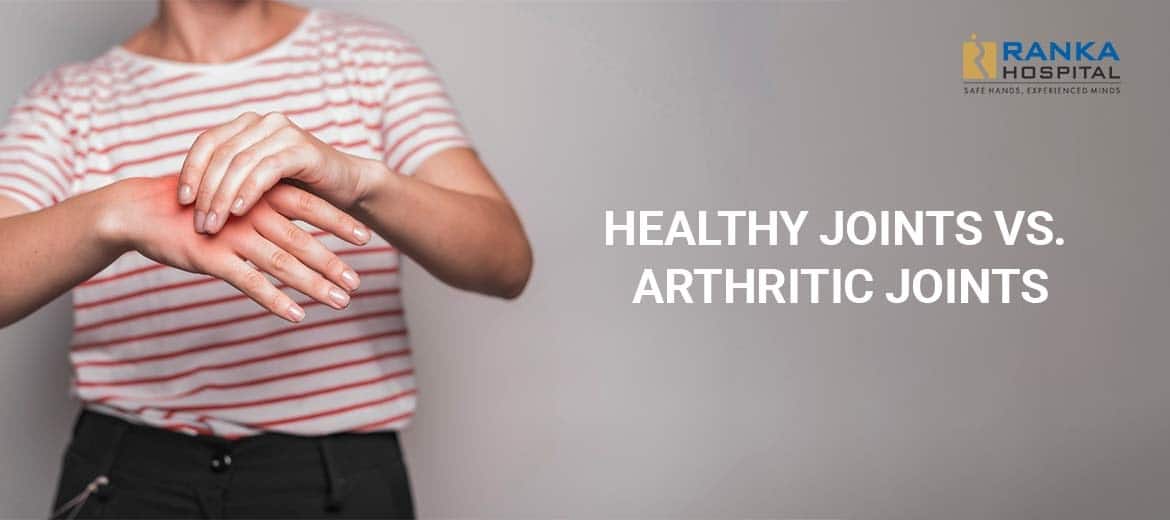Healthy Joints Vs. Arthritic Joints
Joints play a significant role in our routine life, as they help us maintain our mobility and make daily movements easily. However, joints weaken and suffer damage over a while due to injury, age, or lifestyle-related factors. The condition that causes swelling, tenderness, pain, and stiffness in joints is termed arthritis. Apparently, you cannot differentiate between healthy joints and arthritic ones. However, you can make out the difference by looking for specific signs and characteristics that each show. So, let’s look at some aspects differentiating a healthy joint from an arthritic one.
What is a Healthy Joint?
Technically, a healthy joint enables the individual to move and have continuous physical engagements with bones gliding seamlessly over each other. It protects the bones by preventing rubbing and resistance. People with healthy joints can run, jog, walk, indulge in sporting activities, and perform many other activities blissfully.
What is an Arthritic Joint?
An arthritic joint can cause pain and inflammation, complicating movements and making it challenging for the person to stay active. The condition usually affects older adults. However, one cannot deny its onset and progression in younger people.
Difference Between Healthy Joints and Arthritic Joints
Here are the differences between healthy and arthritic joints across a few parameters.
| Parameter | Healthy Joints | Arthritic Joints |
| Structure | Smooth surfaces and adequate lubrication | Inflammation, cartilage degradation and joint damage |
| Cartilage Condition | Solid and resilient | Damaged or potentially thin and less functional |
| Pain Frequency | Sporadic and rare | Persistent pain even when the person is resting |
| Synovial Fluid | Ample to keep the joints lubricated | Reduced in quantity, thin and hence less effective |
| Motion Range | Normal | Restricted |
| Stiffness | Occasional stiffness that can reduce after appropriate movements | Prolonged morning stiffness |
| Pain and Inflammation | Minimal | Chronic inflammation accompanied by pain and swelling |
| Strength | Normal | Weak and reduced on account of joint pain and dysfunction |
| Treatment | Living a healthy lifestyle, perform regular exercises, and consume medications (if required) based on the doctor’s prescription | Regular and personalized physical therapy, anti-inflammatory medications, and joint replacement in extreme cases |
| Maintenance and Prevention | Maintenance: Ensuring regular exercises and maintaining a healthy weight | Prevention: Undergoing appropriate and regular physiotherapy, implementing joint protection strategies and managing the underlying conditions |
| Fatigue | Minimal | Increased fatigue to pain and inflammation |
| Appearance of Joints | Normal | Reddish, swollen and potential deformity |
| Temperature | Normal | Inflammation causes the joint temperature to increase |
| Pain Stimulators | Pain is rare when the person performs a movement or an activity | Pain stimulated by performing weight-bearing activities or movements |
So, the above were a few differences between healthy and arthritic joints. Visit Ranka Hospital if you are looking for more insights into joint health and personalized guidance on it. Call us at +91 – 20 – 24261530 to schedule an appointment with our doctors.

